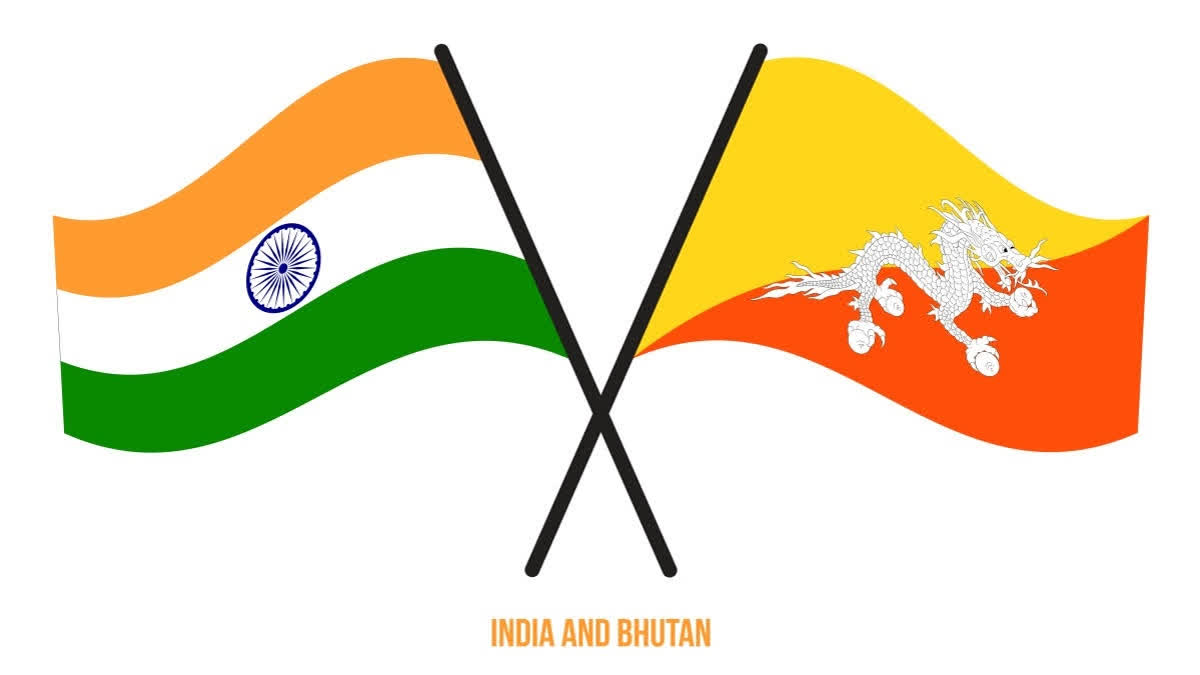Dorjilung Hydropower Project

- 01 Aug 2025
In News:
India and Bhutan share one of the most successful models of hydropower cooperation in South Asia. The launch of the 1125 MW Dorjilung Hydropower Project in Bhutan, with Tata Power’s equity participation alongside Bhutan’s Druk Green Power Corporation (DGPC), marks a turning point in cross-border energy diplomacy. Unlike earlier projects dominated by Indian government financing, Dorjilung reflects a shift towards Public–Private Partnership (PPP), multilateral funding, and private sector involvement.
Key Features of the Project
- Type: Run-of-the-river scheme on the Kurichhu River (tributary of Drangmechhu, flows into India).
- Location: Mongar and Lhuentse districts, eastern Bhutan.
- Technical Specs:
- Dam height: ~139.5 m (concrete-gravity).
- Headrace tunnel: 15 km.
- Powerhouse: 6 Francis turbines.
- Annual generation: ~4.5 TWh.
- Cost: USD 1.7 billion (~?150 billion).
- Funding: World Bank.
- Equity Structure: DGPC (60%) + Tata Power (40%).
- Timeline: Commissioning expected by 2032.
India–Bhutan Energy Ties
- Existing Cooperation:
- Governed by the 2006 Bilateral Agreement on Hydropower Cooperation (protocol revised 2009).
- 4 operational projects supplying power to India: Chhukha (336 MW), Kurichhu (60 MW), Tala (1020 MW), Mangdechhu (720 MW).
- Punatsangchhu I (1200 MW) and Punatsangchhu II (1020 MW) under construction.
- Economic Importance for Bhutan:
- Hydropower exports = 40% of govt revenue and 25% of GDP.
- India buys surplus electricity, ensuring stable market access.
- India’s Strategic Interest:
- Ensures clean energy imports.
- Strengthens regional energy security.
- Counters Chinese presence in the Himalayan hydropower sector.
What Makes Dorjilung Different?
- PPP & Private Sector Role: First large-scale project with an Indian private company (Tata Power) holding major equity.
- Diversified Financing: World Bank funding reduces Bhutan’s dependence on Indian grants and credit lines.
- B2B Model: Moves from a government-to-government (G2G) model to business-to-business (B2B), granting Bhutan greater autonomy and bargaining parity.
- Integrated Renewable Plan: Tata Power–DGPC partnership envisions 5000 MW clean energy capacity, including:
- Dorjilung (1125 MW)
- Gongri (740 MW)
- Jeri Pumped Storage (1800 MW)
- Chamkharchhu IV (364 MW)
- Solar projects (500 MW).
Strategic & Geopolitical Significance
- For Bhutan:
- Reduces financial vulnerability by avoiding overdependence on Indian government aid.
- Attracts global institutions (World Bank), raising international credibility.
- Boosts local development in eastern districts (infrastructure, jobs).
- For India:
- Enhances energy security via long-term clean energy imports.
- Strengthens economic diplomacy with a trusted neighbour.
- Counters China’s Belt and Road Initiative (BRI) push in Himalayan hydropower (e.g., Nepal’s tilt towards Chinese funding).
- Supports Paris Agreement & renewable targets.
- For the Region:
- Creates scope for regional energy grids under BIMSTEC and BBIN (Bangladesh, Bhutan, India, Nepal).
- Encourages private-sector led cross-border energy trade.
Challenges Ahead
- Delayed Timelines: Past Bhutanese projects (e.g., Punatsangchhu I & II) suffered huge delays and cost overruns.
- Debt Burden: Large projects raise Bhutan’s external debt, though hydropower revenue offsets this risk.
- Environmental Concerns: Dam construction in fragile Himalayan ecosystems risks landslides, habitat loss, and displacement.
- Domestic Politics: Growing debate within Bhutan on overdependence on India; balancing autonomy with partnership is key.
- Regional Rivalries: India’s refusal to import power from Chinese-funded projects in Nepal shows how geopolitics can complicate energy trade.
Way Forward
- Diversify Financing: Blend of multilateral, private, and bilateral sources to reduce dependency risks.
- Strengthen Grid Connectivity: Expand India–Bhutan–Bangladesh power corridors.
- Sustainable Practices: Ensure climate-resilient dam design, environmental safeguards, and local community participation.
- Expand Solar–Hydro Synergy: Hybrid models (hydropower + solar) to ensure round-the-clock renewable supply.
- Institutional Mechanisms: Strengthen the India–Bhutan Joint Group on Hydropower Projects for dispute resolution and faster approvals.
